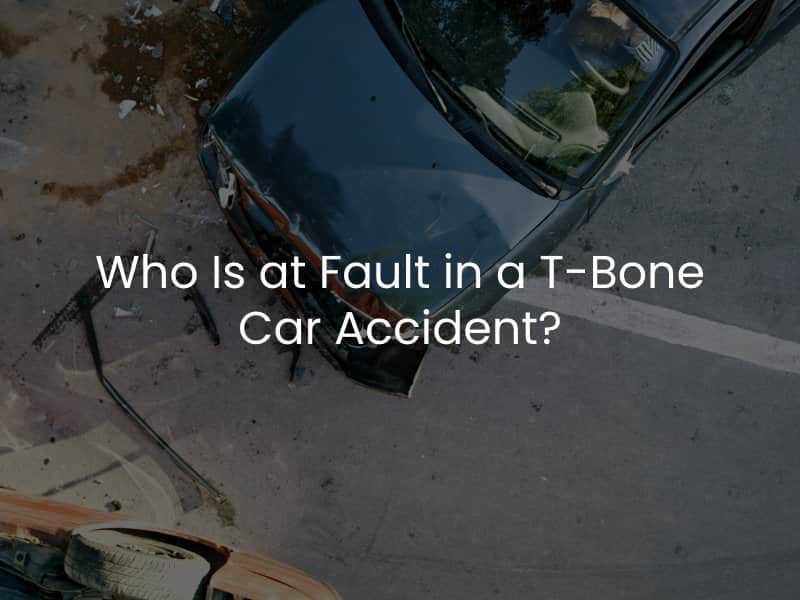Who Is at Fault in a T-Bone Car Accident?
T-bone accidents often result in severe injuries, and there are various ways that these incidents can occur. Determining fault after a T-bone accident is crucial so that any crash victim can recover compensation from an at-fault party with the help of a Sacramento t-bone accident lawyer. However, proving liability can be challenging and depends on the ability to gather and analyze various types of evidence from the scene of the crash.

T-Bone Collisions: Fault is not Always Clear
There is no definitive answer to who will be at fault for a T-bone collision. When we write about rear-end collisions, it is easier to say that, yes, the rear driver is likely the one who caused the incident. However, with a T-bone collision, there are so many ways these incidents occur that multiple parties could be at fault, depending on the scenario. Some of the most common T-bone accident collision scenarios that we encounter in our area include the following:
- A driver needs to turn left at an intersection and begins their turn into oncoming traffic that has the right of way. This will likely lead to the driver being T-boned by a right-of-way traffic.
A driver could run a stop sign or stop light without stopping, thus significantly increasing the chance that they will drive into the path of a vehicle going the other direction (a perpendicular collision leading to a T-bone accident). - It is not uncommon for drivers to sustain T-bone collisions when they are pulling out of parking lots, alleyways, or driveways and into the path of vehicles who have the right of way on the road.
Even though T-bone collision scenarios occur in various ways, we do find one similarity amongst most of the incidents – they are usually caused by one driver failing to yield the right of way to another.
However, there are many contributing factors that could go into these scenarios. Even if a driver fails to yield the right of way, another driver could share fault for the incident. For example, if one or more drivers is impaired by alcohol or drugs, distracted by their phones, or operating while fatigued, this could contribute to a T-bone collision that may not have occurred had those factors not been present.
Fault-Based System, but be Aware of Partial Liability
In California, we use a fault-based system to determine liability so individuals can recover compensation for their losses after a vehicle accident occurs. That is why determining fault after a T-bone collision is so crucial. Once fault is determined, the insurance carrier of the at-fault party will typically pay compensation to the other parties for their injury and property damage expenses.
However, if there is shared fault for the incident, we will turn to California’s “pure comparative negligence” system. Under this type of system, individuals can recover compensation even if they are up to 99% at fault for the incident. However, the total amount of compensation they receive can be significantly reduced based on their percentage of fault for the incident.
For example, if an individual is T-boned after they “roll through” a stop sign (aptly named the California roll), then we may think that they are at fault for the incident. However, what if it is determined that the other driver had a blood-alcohol level three times over the legal limit? In this scenario, there may be shared fault between the two parties. An investigation will have to be conducted, and a jury will determine percentages of fault and dole out compensation appropriately.